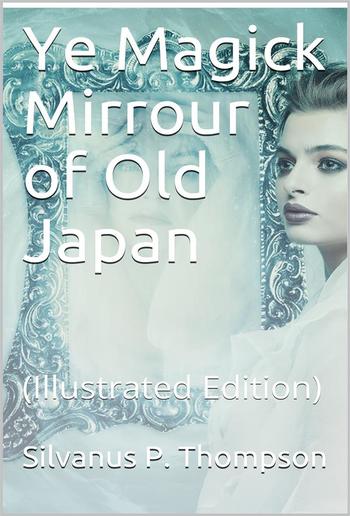
Silvanus P. Thompson - Ye Magick Mirrour of Old Japan
Ye Magick Mirrour of Old Japan
Silvanus P. Thompson
Description
A Discourse delivered at a Meeting of the
Sette holden at Limmer’s Hotel, on
Friday, December 2, 1892
Excerpt from Book:
IN old Japan the mirror occupies a peculiarly important place. Travellers in that land of strange arts and quaint customs tell us of mirror-worship as one of its forms of primitive religion. In old Japan the mirror is not, as in our Western civilization, a mere article of furniture, an accessory of the toilet, or a means for covering up the otherwise indecorate breadth of wall above a mantel-piece. One finds the mirror in Japan surrounded with pomp and circumstance on every hand. It is prominent amongst the symbolic objects that constitute the imperial regalia of the Shogun. One sees it depicted in Japanese pictures of the infernal regions.
In the temples of the old Shinto religion, precious old mirrors are enshrined in costly arks, only to be exhibited on the occasion of some great ceremony. Innumerable mirrors, some of them of old date, but mostly of modern manufacture, are to be found hung upon the walls of the Shinto temples. There they have been deposited as votive offerings by women who had perhaps nought else so precious to offer. As the Japanese warrior offers as a votive gift to the temple his cherished sword, so the Japanese lady bestows her treasured mirror. There they hang in thousands, swords and mirrors, side by side, thank-offerings to the gods.
In the scant furniture of the Japanese ménage, the mirror, reposing in its place upon the lady’s toilet-table, forms the one significant object; the central feature to suit which all the rest is subordinated. The mirror enters into the myths of the Japanese race: it is the emblem of light, or the sun, and of the divine right of the dynasty. In the trousseau of the bride the mirror is the most precious object—her one cherished possession.

